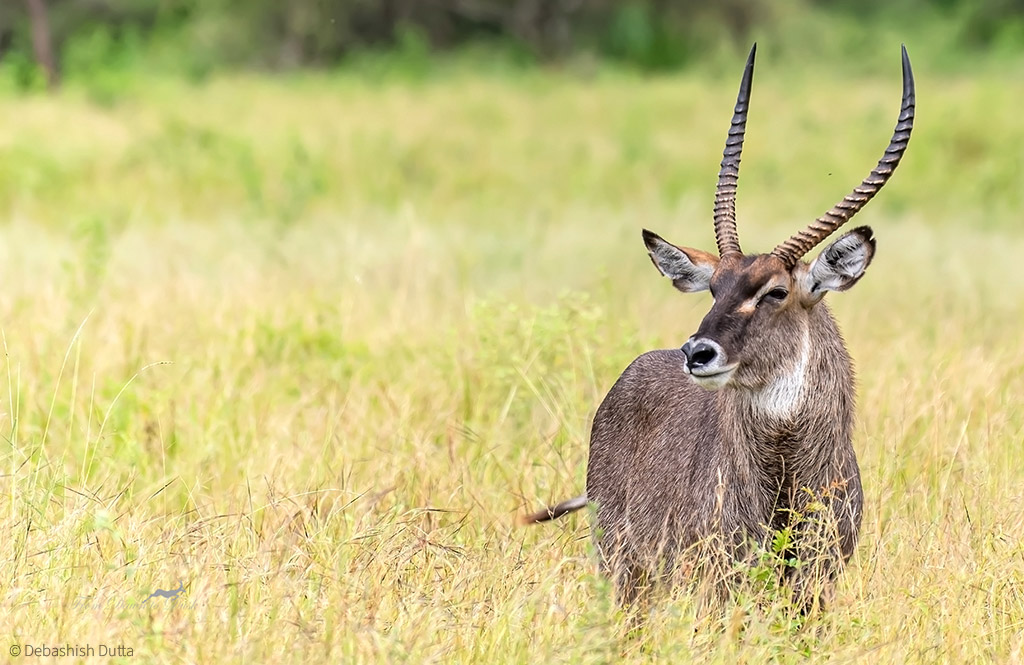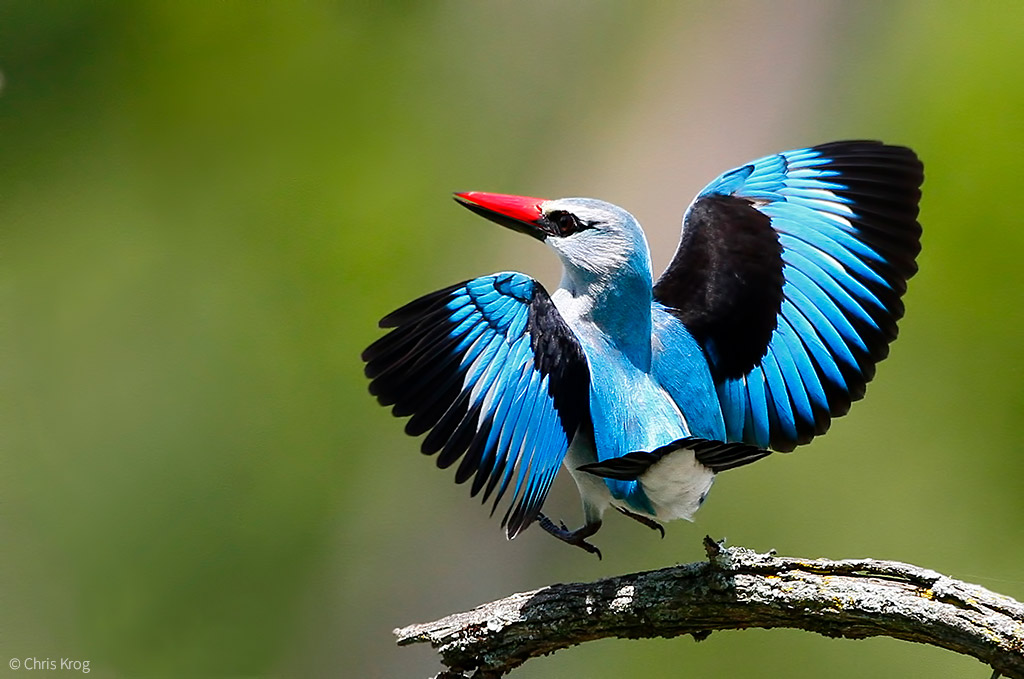
Take, for example, the Cyclocephala nodanotherwon, which is a type of rhinoceros beetle in the scarab family that was described by Ratcliffe in 1992. Unless you are a scientist or particularly observant, go back and read the species name (the second word) again and enjoy Ratcliffe’s sense of humour in the knowledge that by the time it was described, 290 other members of that genus had already been identified. “Not another one” – get it?
It became very clear from very early on in our forays into the world of biological and scientific study that living creatures come in distinctive shapes and sizes and that it would be necessary to find a way to convey both similarities and differences between species through naming. With the help of Gaspard Bauhin and, more famously, Carl Linneaus, the system of scientific names gradually evolved to the point we have reached today. Binomial nomenclature is essential to our understanding of where each species fits into the great taxonomical hierarchy and works, in theory, to ensure certainty within the biological community.

Every mammal, bird, plant, fish, frog, algae, fungi (and so on) is designated both a capitalised generic name referring to its genus and a specific name/epithet that identifies which species it is. Now governed by a strict code, this naming system relies mostly on Latin and Classical Greek words to create a descriptive basis for each given name and it is in these meanings that the secret gems of the scientific naming system can be found. Small references to the biology of the animal can be a useful way of remembering the scientific name, but there are also tantalising glimpses into history and, on occasion, insights into the scientists doing the naming.
These days, people generally don’t throw scientific names into casual conversation unless they either work in a particular industry or are contriving to be as pretentious as possible, but understanding the etymology behind a name adds an entirely different dynamic.
Human – Homo sapiens:
Starting with the basics, “homo” literally translates from the Latin as human and “sapiens” as wise – a useful reminder that scientific names are not always necessarily accurate.

The Big 5
African bush elephant – Loxodonta africana
From the Greek word “loxós” meaning slanting, or crosswise, and “odoús” meaning tooth – referring to the grooves in an elephant’s molars. The africana part is relatively self-explanatory (though those interested should read up about the fascinating debate around the history of the name “Africa”)
White rhinoceros – Ceratotherium simum
“Cerato” meaning horn, “thorium” meaning wild beast and “simum” meaning flat-nosed – all come together to describe a horned wild beast with a flat nose.
Black rhino – Diceros bicornis
Named by Carl Linnaeus himself in 1758, there is some historical confusion as to how it came about, but it is believed that he based his classification on the skull of a (single-horned) Indian rhinoceros with an added artificial horn. He was clearly very taken with the idea of two horns, as the scientific name of the black rhino literally translates as “double horn” “double horn”. Imagine Linnaeus’ reaction had he not turned down a visit to South Africa on the basis that he didn’t really like the heat…

Lion and leopard – Panthera leo and Panthera pardus
There is some disagreement as to the etymology behind the word Panthera – it is most likely derived from a Sanskrit word meaning pale yellow but may also have been a reference to the hunting nets used by Roman soldiers.
Cape Buffalo – Syncerus caffer
“Syn” meaning together and “keras” meaning horn – together refers to the shape of the base of the buffalo’s horns (the boss). The species name refers to the Latin meaning from, or of, “Caffraria”, the name given to the African continent.

Honourable mentions
Plains zebra – Equus quagga
The scientific name of the plains zebra was changed from Equus burchellii to Equus quagga after a scientific study confirmed that the extinct quagga was genetically close enough to other plains zebras to be considered to have been the same species. This forced a change in name due to the Principle of Priority – the quagga was classified first, and therefore that name must be applied.
Fortunately, this has not significantly dishonoured the memory of William John Burchell. The English explorer and naturalist had a multitude of animals (and an entire plant genus) named after him thanks to his meticulous exploration of South Africa during the early 19th century when he covered more than 7,000km, collected 50,000 specimens and kept meticulous records.
Woodland kingfisher – Halcyon senegalensis
The genus name of the Halcyon kingfishers is a reference to the word the Ancient Greeks used to refer to kingfishers. According to Greek legend, the kingfishers nested on the sea and that either the nests themselves or sympathetic gods calmed the winds and seas so that the eggs might survive. Hence the expression “halcyon days”.

“Narrow-mouthed” frogs – Mini genus
Described in 2019, a new genus of frogs with three separate species was discovered by researchers in Madagascar. The frogs, all under 15mm in length, have been named Mini mum, Mini scule, and Mini ature.
The above examples are just a small sample of the many secrets hidden behind what might be considered to be quite a boring scientific necessity. Given the spectacular variety of African fauna and flora and combined with our intricate history, the scientific names associated with our wildlife and plants tend to be intriguing and, at times, potentially highly amusing.
To comment on this story: Login (or sign up) to our app here - it's a troll-free safe place 🙂.![]()








